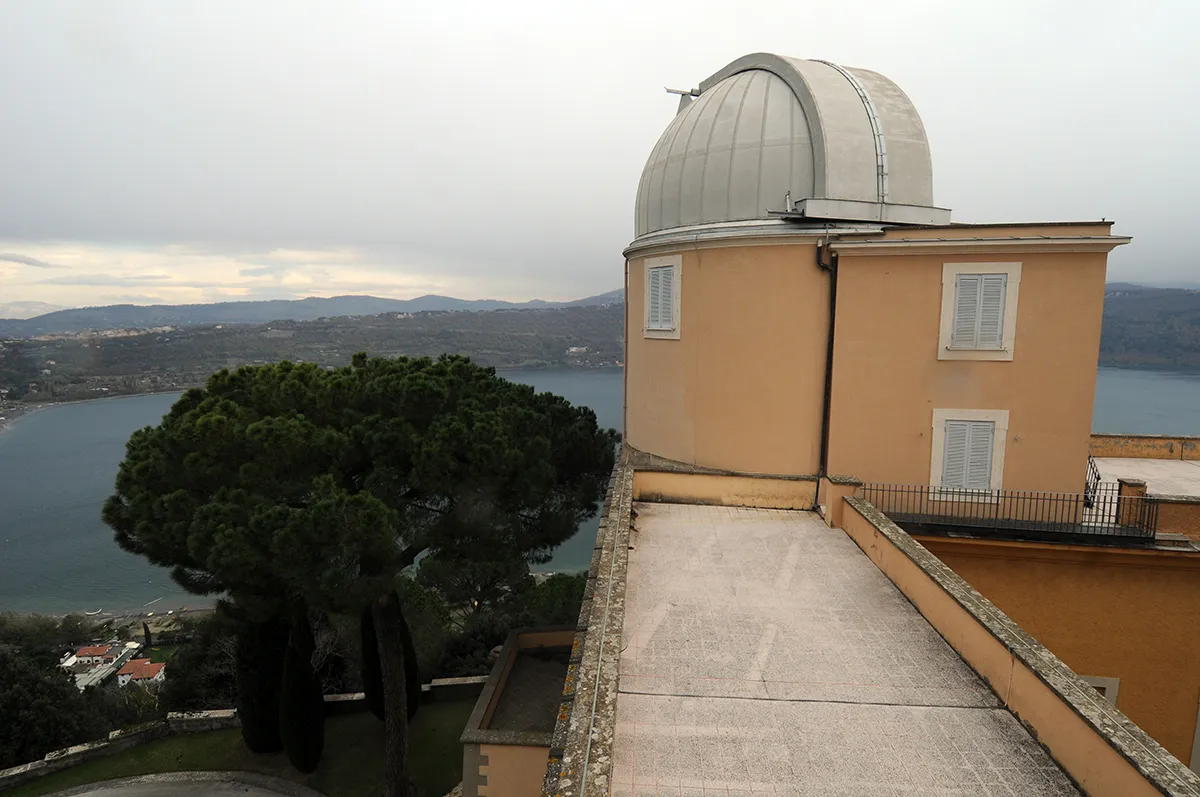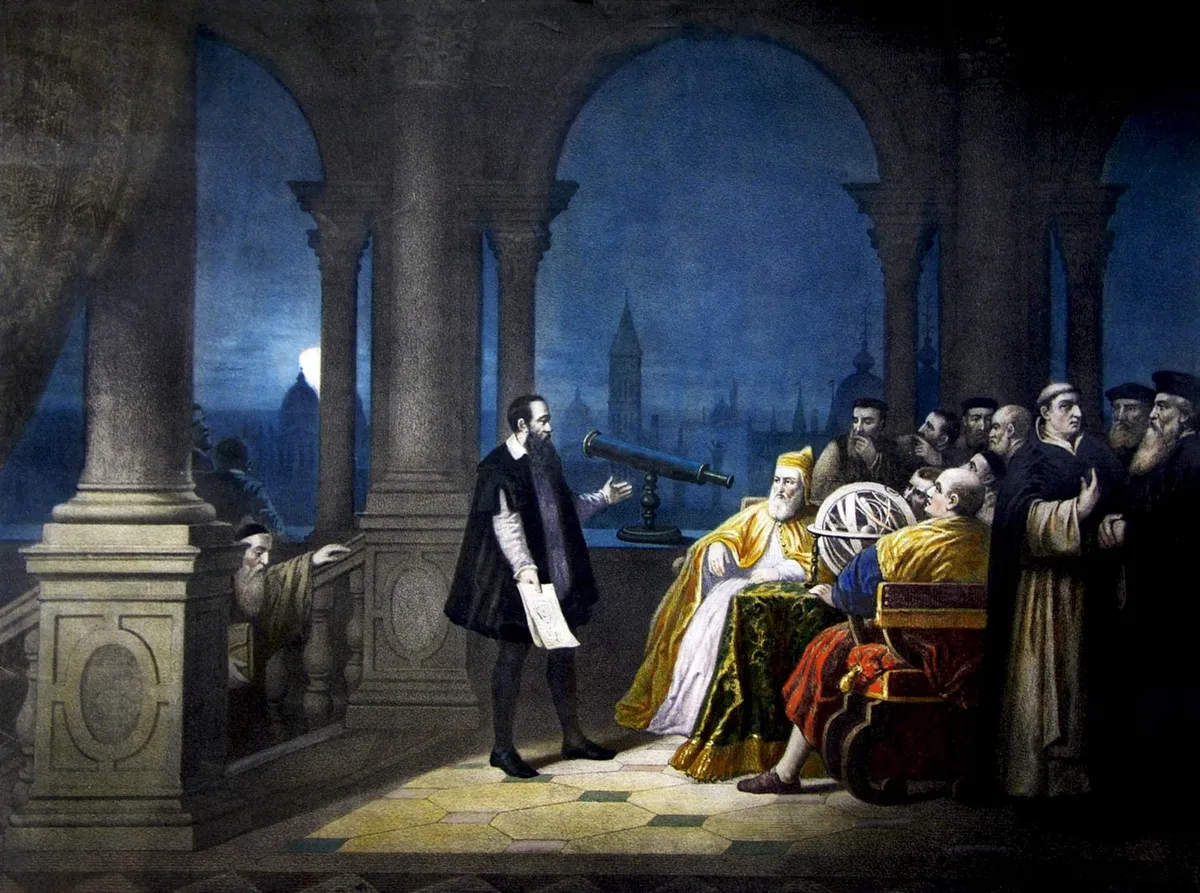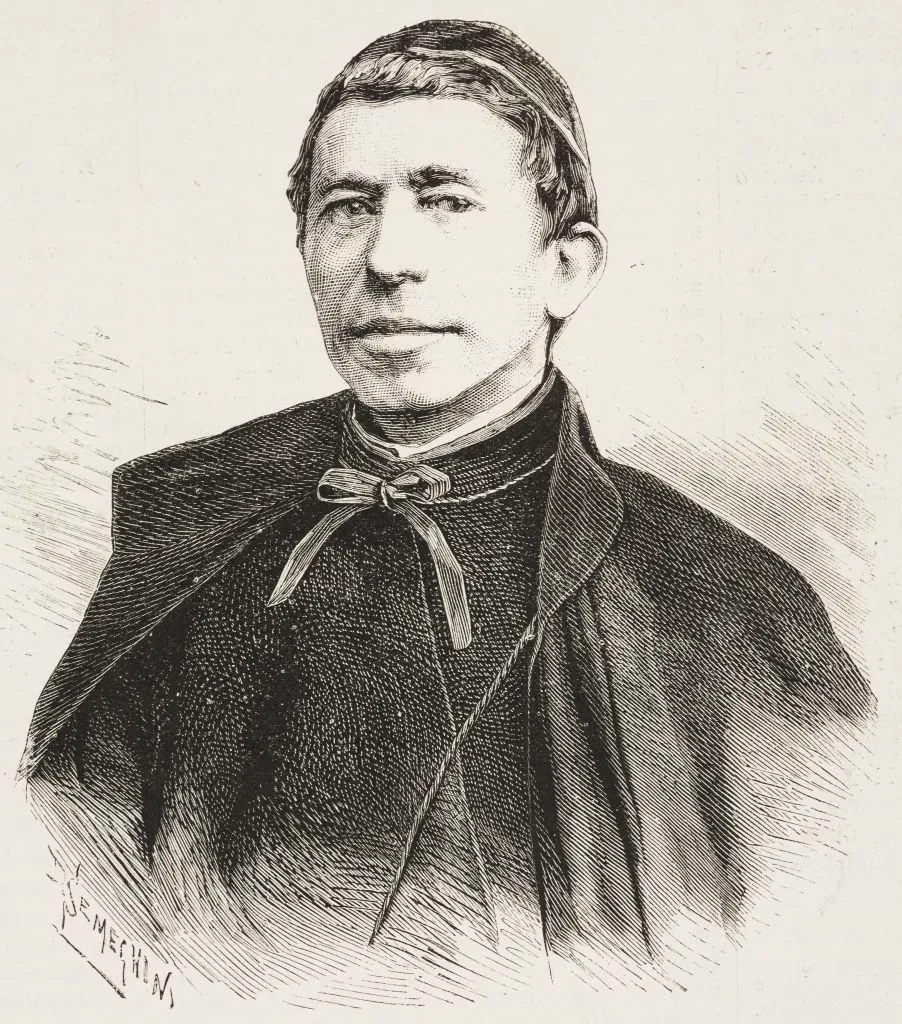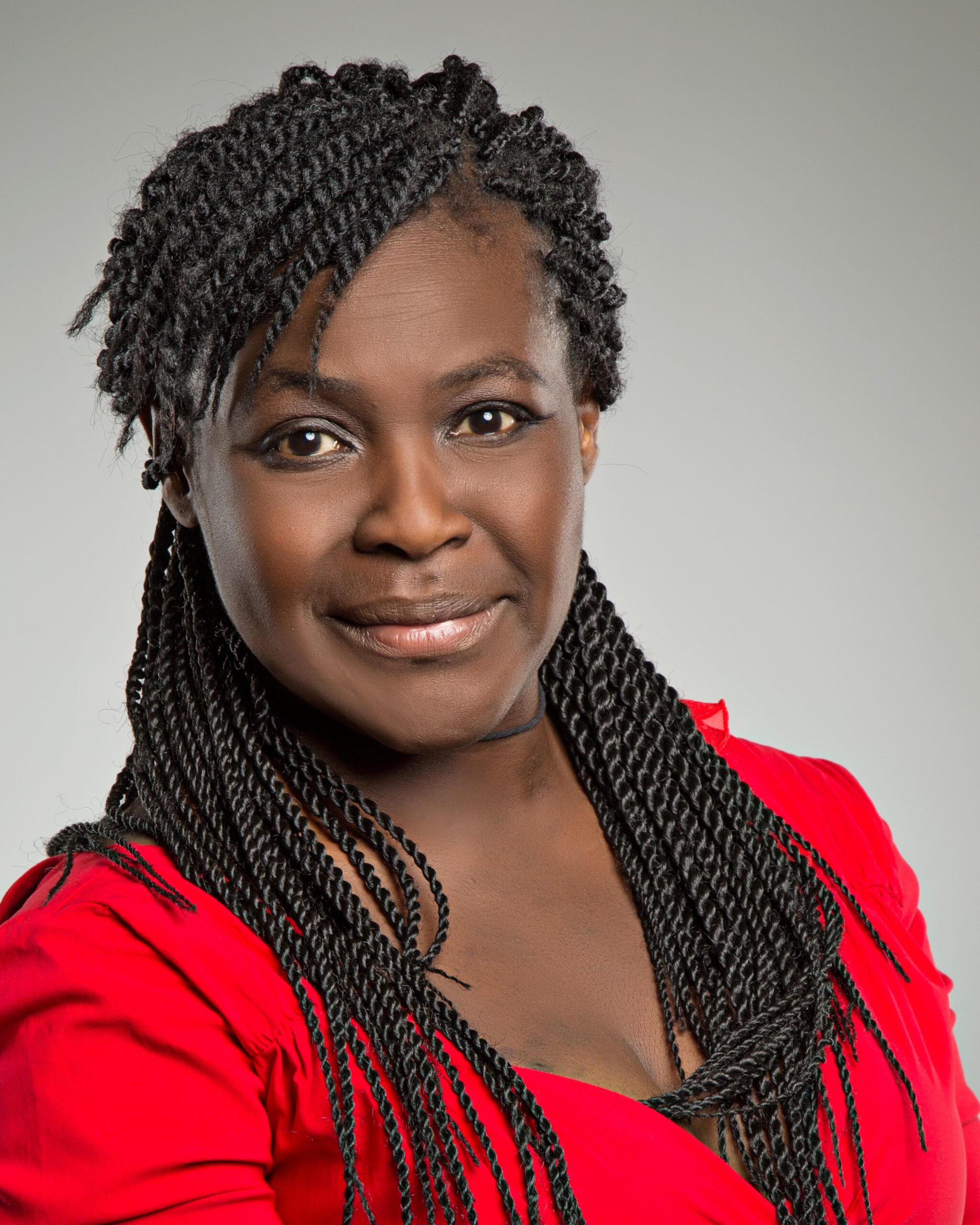A trip to the Vatican is always illuminating, whether it is as a pilgrim or as a tourist, but it may seem a strange destination for an astronomer.
So you may be surprised to learn that not only does the Vatican have a long history of astronomy, it continues to perform research today.
Read our guide to winter stargazing by the Vatican Observatory's Brother Guy Consolmagno

The Vatican’s documented astronomy work began with Pope Gregory XIII in 1582.
In his time it had been noticed that the calendar was slipping: the spring equinox that should have occurred around 21March was actually happening on a calendar date near 10 March.
The motivation for the investigation was to stop the date of Easter slipping from the time of year that it was celebrated when it was introduced by the early Church.
A thorough enquiry into the duration of a year resulted in a 0.002% adjustment, as their measurements and calculations gave the duration of a year at 365 days, 5 hours, 49 minutes and 12 seconds.
On 4 October 1582 Pope Gregory implemented the change and the day after the 4th became 15 October – a slip of 11 days.
It took a while for other countries to adopt the change – some thought it was a catholic sabotage plot – but it was eventually accepted universally.
Having established an aptitude for astronomy, what came next seemed a bit of a surprise.
Vatican vs Galileo

In 1632, Galileo published a book, The Dialogue Concerning the Two Chief World Systems.
It was written as a discussion among three people: one who supports the Copernican theory of the Sun-centred Universe, one who argues against it using Aristotle’s theories and one who is impartial.
Though Galileo claimedDialogues was neutral, it clearly was not.
The Aristotelian advocate comes across as a simpleton, getting caught in his own arguments, and it was thought that he represented the Church.
Although the church took umbrage at Galileo and the book, just a few years later they accepted the Copernican theory.
It was not until 31 October 1992 that Galileo received an apology, however. The Galileo incident proved to be a source of embarrassment for the Vatican for years to come.
Vatican's astronomical achievements

In modern times the Vatican has been at the forefront of astronomy.
Father Angelo Secchi was a Jesuit priest and also a passionate astronomer who ran the Vatican Observatory for 30 years.
He introduced a new technique to astronomy that enabled astronomers to view stars as they had never been seen before.
He was the first to use spectroscopy to classify stars into different types: a technique we still use today.
Another Vatican first is the Carte du Ciel, the first photographic survey of the whole sky, created in conjunction with 19 other scopes around the world, the results of which are being used as a baseline for our modern surveys like Gaia.
But perhaps not surprisingly, the Vatican today is also asking the deep philosophical questions, such as what was that moment of creation actually like?
They have people working on an answer.
I found my trip to the Vatican was both surprising and enlightening – a true insight to work happening at the cutting edge of astronomy today and in the past.
